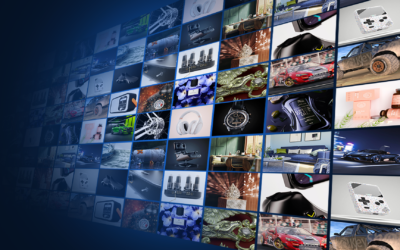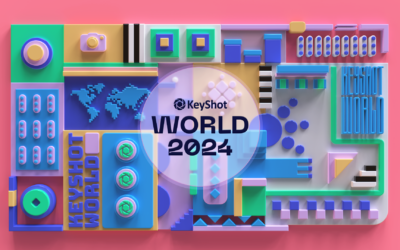Last week, the door to the top secret KeyShot development lab at Luxion headquarters was opened and, amidst the glow of stereoscopic screens and rendered light, out came new updates for our KeyShot SolidWorks and Rhino plugins. They’re small but important updates you will want to grab as they address capabilities which allow you to import geometry with all the information you need to continue your 3D rendering and animation crusade. Here’s the breakdown for the updates to each plugin.
KeyShot SolidWorks and Rhino Plugins
Both the Rhino and SolidWorks plugins have the KeyShot LiveLinkingTM capability that allows you to transfer updates from the modeling software to KeyShot without losing any materials applied to your parts or setting applied to your scene. You can also export to KeyShot’s native file format with all geometry, structure and colors included without having KeyShot installed. All plugins are a free download, available on the KeyShot Plugins page and compatible with Windows 32/64bit operating systems with versions for both KeyShot 3 and KeyShot 4.
Updates for Rhino 4 & 5:
- Layer order and all sub-layers, including all names, are maintained, just like the direct importer
Updates for SolidWorks 2011-2013:
- Assembly features body order is now maintained
- Primary/secondary material color hierarchy maintained
- Assembly-level appearance setting now maintained
If you haven’t already, download the free KeyShot plugins and try them today.
BMW M3 Modeled in Rhino, rendered in KeyShot. Via GrabCAD.





0 Comments